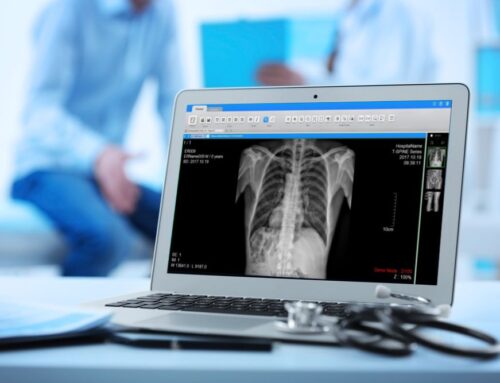Musculoskeletal ultrasound is a type of medical imaging procedure that utilises high frequency sound waves to provide medical professionals with images of a patient’s muscles, ligaments, tendons and joints. This type of medical imaging is used for the diagnosis of a wide range of conditions including muscle and tendon tears, sprains and tears in ligaments, hernias and inflammation within the joints, nerve entrapment and more.
Preparation Before Going through Musculoskeletal Ultrasound
Before a patient arrives for an ultrasound exam, he or she will be asked to wear loose-fitting clothes to the appointment. Any jewellery worn on the body part to be examined will need to be removed. In many cases, patients will be asked to wear a medical gown. In cases where a child is being examined, the parents may bring any toy or book that allows them to soothe or distract their child during the procedure. Although the examination is safe and painless, it does require the patient to keep still as the examination is sensitive to movements. Otherwise, no other preparation is required on the part of the patient.

An ultrasound scanner is comprised of three components: the console, a video display screen and a transducer. After the application of gel, the transducer is pressed against the area that is being examined and sends sound waves to that area. The transducer also captures the sound waves that echo from the patient’s body parts. In turn, this produces images, which are then shown on the display screen.
Depending on which part of the body is being examined, the patient may be either asked to sit down on an examination table, lie face up or lie face down. In musculoskeletal ultrasound, the patient may be asked to move the body part that is being examined to allow for better assessment. Once the gel has been applied on the area that is going to be examined, the transducer is pressed against the body part and moved back and forth until images have been generated. Afterwards, any excess gel is wiped off.
While the procedure is generally painless, some patients may feel some minor discomfort especially if the area being examined is tender. However, once the procedure is completed (generally between 15 to 30 minutes), the patient may return to his or her daily activities.
Benefits, Risks and Limitations of Musculoskeletal Ultrasound
Musculoskeletal ultrasound is non-invasive. It provides a detailed image of the affected area. Your doctor can then clearly tell you what needs to be done to cure you. It’s also a good tool for providing guided procedures like needle biopsies or fluid aspirations as it presents real-time imaging. Likewise, it’s a good alternative for patients who are claustrophobic as you are out in the open and not enclosed in equipment.
Additionally, there are no known risks associated with Musculoskeletal Ultrasound. The procedure is safe, as it does not use harmful rays like some other imaging procedures.
The limitation of this procedure is that it cannot penetrate bones. The ultrasound can only capture surface areas. Furthermore, the depth that sound waves can penetrate is limited. So for larger patients, there may be affected areas that cannot be seen that easily. Baby’s bones are an expectation and can be imaged this way. Since their bones have more cartilage, the musculoskeletal ultrasound procedure can see deeper into a baby’s bones than an adult’s. Other imaging procedures like Magnetic Resonance Imaging (MRI) are usually used when bones need to be examined.
What is musculoskeletal ultrasound imaging?
Ultrasound imaging uses sound waves to produce pictures of muscles, tendons, ligaments, nerves and joints throughout the body. It is used to help diagnose sprains, strains, tears, trapped nerves, arthritis and other musculoskeletal conditions.
How long does a musculoskeletal ultrasound take?
During the exam, we may ask you to move the joint or limb being examined in order to evaluate the function of the joint, muscle, ligament, or tendon. An ultrasound exam is typically painless, and takes between 20 and 30 minutes to complete.

